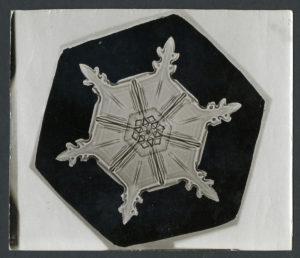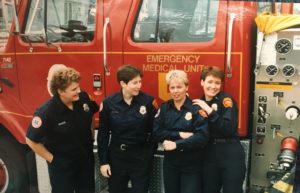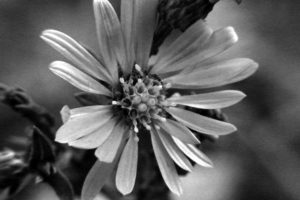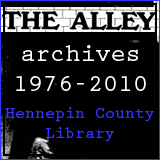Posts Tagged ‘Lindsey Fenner’
City Songs for Loving the Earth: Growing Darkness

Photomicrograph of Stellar Snowflake, No. 304, circa 1890. Photo: Wilson Bentley, Smithsonian Institution Archives By LINDSEY FENNER We are traveling now through the darkest time of the year. This time can be a struggle for me. Winter makes those small dear moments of being outdoors more difficult to find. Everything is colder, slipperier, darker. I’m learning I need to be more intentional in how I interact with nature during these dark months. My plan this winter: Morning measuring routines: This past spring, I started doing daily precipitation measurements for CoCoRaHS- the Community Collaborative Rain, Hail and Snow Network. Every morning at 7AM, I wander outside in my pajamas to see how much precipitation fell in the previous 24 hours. During this summer of drought, there was usually no rain to measure. But I found those few minutes gave me the gift of a scheduled moment every morning to notice– the rain yes, but also the early morning birdsong and the way the [...]
Random Alley News: November 22

By LINDSEY FENNER Quatrefoil Library Now Has Free Ebooks and Audiobooks for Checkout:The community library at 1220 East Lake Street has a growing digital collection of new and classic LGBTQ+ books available to checkout with a free Quatrefoil library card using the Libby app. You can apply for a library card in person at Quatrefoil library or apply online. Visit www.qlibrary.org SEIU Mental Health workers on the picket line at Abbott Northwestern Hospital on October 5. Photo: SEIU Healthcare MN & IA Mental Health Workers at Abbott Northwestern Hospital Go on Three-Day Strike:About 160 workers represented by SEIU Healthcare Minnesota and Iowa went on a three-day Unfair Labor Practices strike at Abbott Northwestern Hospital in Phillips and Unity Hospital in Fridley October 3rd through 5th. Mental health workers at Allina and M Health Fairview unionized with SEIU last year and have been negotiating their first contract. M Health Fairview workers were also going to strike, but [...]
City Songs for Loving the Earth: “Wherever we protest we will go planting”*

Late blooming aromatic aster (Symphyotrichum oblongifolium) is an important late season food source for bumblebees and other insects. The name “aster” comes from the Greek word for “star.” Photo: Ben Heath By LINDSEY FENNER As I write this in the middle of October, I am surrounded by the last blazing russet leaves of the wild plum and the rich burgundy leaves of the serviceberry. Most of the goldenrod and aster blossoms have turned into fluffy seedheads, all but the aromatic aster, which remains a spangled purple cloud even after snow and a hard freeze. Winter hasn’t quite begun yet, but I am already planning for spring in my garden because I have applied for a Lawns to Legumes grant. Lawns to Legumes is a program of the State of Minnesota’s Board of Water and Soil Resources that provides folks with up to $350 to create pollinator habitat in their yards. Most specifically, these grants are to help provide pollinator habitat for endangered insects like the rusty [...]









